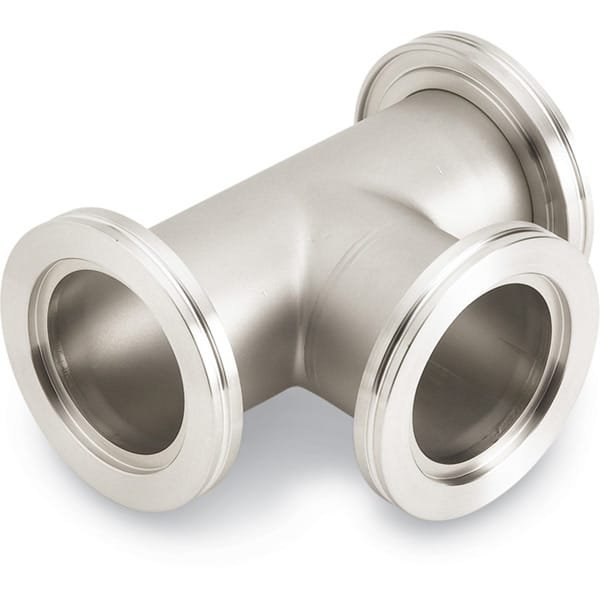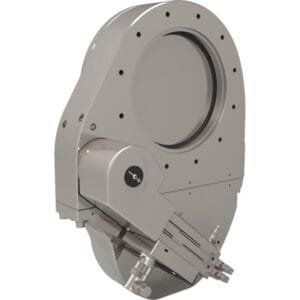ISO-K HV Tees (Clamped): Reliable Three-Way Connections for High-Vacuum System Integration
ISO-K HV Tees (Clamped) by TFM are precision-engineered components designed for splitting or merging vacuum lines in high-vacuum (HV) systems. Constructed from 304L stainless steel tubing and equipped with ISO-K flanges, these tees offer robust performance, easy integration, and reconfigurable flexibility in systems requiring clean, leak-tight three-way junctions.
The ISO-K flange standard—part of the Large ISO flange system—is designed for use with clamp-style fasteners, making it ideal for systems that require quick assembly, tool-free access, and reliable vacuum sealing. These tees are frequently used in HV chamber plumbing, pump lines, diagnostic branch creation, and gas delivery manifolds.
Key Features of ISO-K HV Tees (Clamped):
304L Stainless Steel Construction
Delivers superior corrosion resistance, mechanical strength, and vacuum compatibility for demanding environments such as semiconductor tools, analytical instruments, and coating chambers.ISO-K Flange Compatibility
All three ports are ISO-K flanges, suitable for clamp connection with centering rings and o-rings, supporting pressures down to 10⁻⁸ Torr.T-Shaped Configuration
Provides orthogonal branching of vacuum lines, ideal for modular setups requiring a third port for venting, pumping, pressure sensing, or gas inlet functions.Vacuum-Grade Manufacturing
Each unit is helium leak tested and cleaned to UHV-ready standards to ensure minimal outgassing and high performance in critical applications.Standard and Custom Sizes Available
Available in sizes such as ISO63, ISO100, ISO160, and ISO200, with options for custom tube lengths, port orientations, or hybrid flange types (e.g., ISO-K + ISO-F) to meet specialized design needs.
Typical Applications Include:
Pump lines with pressure monitoring ports
HV chamber manifold branching
Process gas inlet or venting
Analytical instrumentation interfaces
Modular system layouts in R&D environments
TFM also offers complete accessory support including ISO quick clamps, center rings with Viton or Buna-N o-rings, ISO blanking flanges, and valve integration options, enabling seamless system assembly and configuration.
In summary, ISO-K HV Tees (Clamped) are essential components for any high-vacuum system requiring robust, flexible, and ISO-standard-compliant three-way connections. Their stainless steel construction, easy clamp interface, and customizable design make them ideal for both industrial and research-grade vacuum infrastructure.





Reviews
There are no reviews yet.